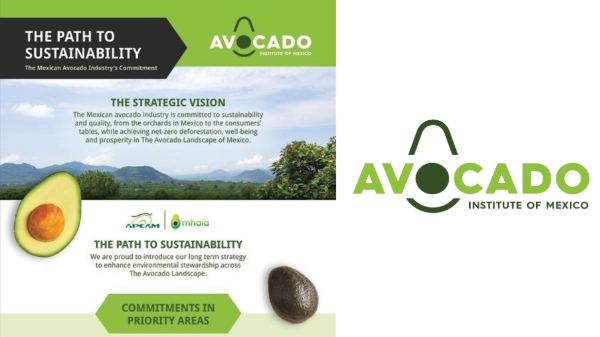Welcome to Blue Book!
Are you ready to join the thousands of companies who rely on Blue Book to drive smarter decisions? View our plans and get started today!
Still have questions? We’d love to show you what Blue Book can do for you. Drop us a line– we’ve been waiting for you.

Pests & Diseases
Among the diseases affecting California grapes were the bacterial Pierce’s disease, spread through infected glassy-winged sharpshooters, and the far better known black rot and anthracnose. If found early, all three can be managed with treatment and biological controls.
The first glassy-winged sharpshooter was found in the Fresno area in the 1990s, though the insect did not restrict itself to grapes, preying on a broad spectrum of plants. While county officials do spray residential areas, growers were urged to be vigilant in watching for symptoms in late summer—including leaf drop, scalded canopies, shriveled fruit, and green or brown patches on wood.
The European grapevine moth also continued to trouble grape growers. Found in Chile in 2008, the moths were first reported in California’s Napa County in 2009, and later discovered in Japan.
A newer pest, the Virginia creeper leafhopper (also known as the “zigzag leafhopper”), was found in California’s North Coast wine growers in 2011. The leafhoppers, quite small in size, generally show up late in the season and feed on the undersides of leaves. They can do serious damage before their presence is known, and seem to be immune to current parasitic controls.
Specialized Varieties
An extended growing season was a prime ingredient in 2012’s record-breaking production. Breakthroughs in breeding, including the development of new seedless varieties that ripen sequentially, lengthened the season and helped increase the availability of fresh grapes to suppliers, retailers, and ultimately consumers.
Gilfenbain compares the perennially popular Thomson Seedless variety, which is picked in September and stored through December, to new white and green varieties that can be left on the vine until November. With new varieties, he says, “Very little is stored, which is a big change. A new variety can stay on the vine longer, so we have fresher fruit.”
A Fresno County USDA research facility leads the pack in breeding development. However, established growers have begun implementing their own research as new, approved varieties demand premium prices. Gilfenbain notes, “New varieties are coming out all the time that are bigger and taste better.”
Although Golden State grapes are available for nine months of the year, with imports taking up the slack on the off-months, Gilfenbain remains hopeful this gap will continue to decrease with the release of new varieties.
Production & Packaging
Shipping
As the industry continues to grow and evolve, measures are also being put into place to make production more sustainable. According to Gilfenbain, Steveco has been using less Styrofoam packaging each year, more biodegradable plastic for bags, and using cotton cushioning between bunches that holds up in storage but degrades quickly.








